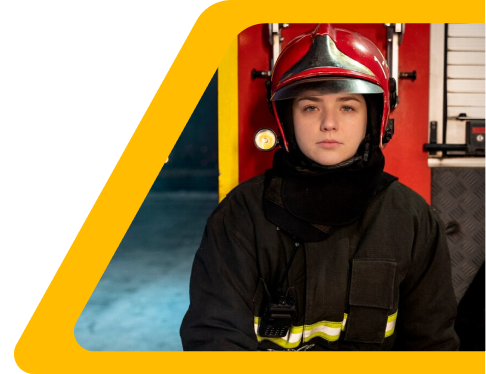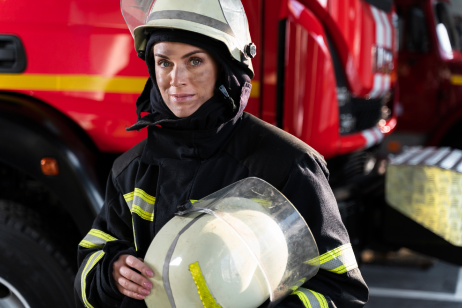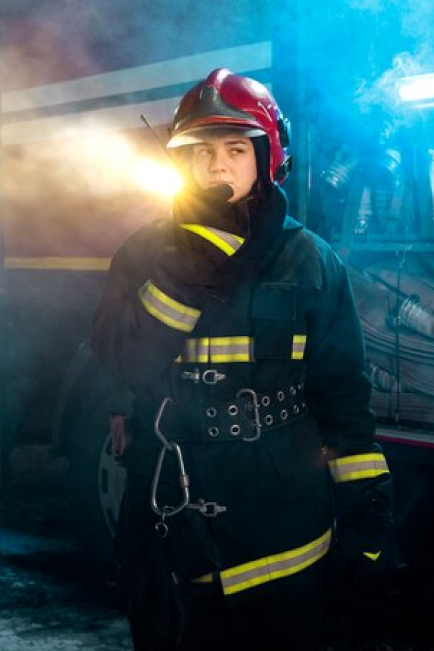Fire Extinguisher Types: Understanding Classes and Uses for Fire Safety
- info@safetymastery.com
- +91 7200322134


Choosing the Right Fire Extinguisher: A Guide to Different Types and Applications
Choosing the Right Fire Extinguisher: A Guide to Different Types and Applications
Fire extinguishers are vital tools for fire safety, designed to suppress and control fires in various environments. Understanding the different types of fire extinguishers and their classifications is essential for selecting the right equipment to combat specific types of fires effectively. In this comprehensive guide, we explore the diverse types of fire extinguishers, their classes, and the importance of choosing the appropriate extinguisher type for optimal fire suppression and safety.

Types of Fire Extinguishers:
- Water-Based Fire Extinguishers (Class A): Suitable for Class A fires involving combustible materials such as wood, paper, cloth, and plastics. Water-based extinguishers cool the fire and extinguish it by removing heat from the fire triangle.
- CO2 Fire Extinguishers (Class B, C): Effective for Class B fires fueled by flammable liquids and Class C fires involving energized electrical equipment. CO2 extinguishers displace oxygen and suppress the fire without leaving residue, making them safe for use on electrical fires.
- Dry Chemical Fire Extinguishers (Class A, B, C): Versatile extinguishers suitable for Class A, B, and C fires. Dry chemical agents interrupt the chemical reaction of the fire, smothering it and preventing re-ignition.
- Foam Fire Extinguishers (Class A, B): Ideal for Class A and B fires, foam extinguishers form a blanket over the fuel, preventing oxygen from reaching the fire and suppressing it effectively.
- Wet Chemical Fire Extinguishers (Class K): Specifically designed for Class K fires involving cooking oils and fats. Wet chemical agents react with the hot oils, forming a soapy layer that cools the fire and prevents re-ignition.
- Clean Agent Fire Extinguishers (Class A, B, C): Clean agent extinguishers are suitable for Class A, B, and C fires and use non-conductive agents that leave no residue, making them ideal for sensitive equipment and electronics.
Safety International Diploma
- Ofqual Regulated Qualifications London, UK
- GradIOSH/CertIOSH status from IOSH, UK
- TSP status from BCSP, USA
- Gateway to MSC in UK universities
Enhance your educational profile with an additional
one or two years of qualification.
one or two years of qualification.
Get Courses Details
Get Courses Details
Safety Diploma
- Government-Endorsed National Safety Diploma Program
- Qualify for registration at the Employment Exchange
- Attestation by the Ministry of External Affairs for those wishing to move abroad
- Eligible for membership with MIIRSM (IIRSM membership at discretion)
- Approved by the Government of India
- Enhance your educational profile with an additional one or two years of qualification
Choosing the Right Fire Extinguisher:
- Identify Fire Risks: Assess the types of fire hazards present in your environment to determine the appropriate class of fire extinguisher needed.
- Consider Fire Classes: Select fire extinguisher types that are suitable for the specific classes of fires that may occur in your setting.
- Placement and Accessibility: Install fire extinguishers in easily accessible locations, ensuring they are visible, unobstructed, and within reach in case of emergencies.
- Training and Maintenance: Provide training on fire extinguisher use to personnel, conduct regular inspections, and ensure that extinguishers are properly maintained and in working condition.
- Compliance and Regulations: Adhere to safety regulations, building codes, and industry standards when selecting, installing, and maintaining fire extinguishers in your facility.

Fire extinguisher types play a crucial role in fire safety, offering a range of options for combating different classes of fires effectively. By understanding the classifications, uses, and applications of various fire extinguisher types, individuals and organizations can ensure proper fire suppression, protect lives and property, and enhance overall safety in their environments. Remember: selecting the right fire extinguisher type and following proper fire safety protocols are key to preventing and managing fires successfully.
